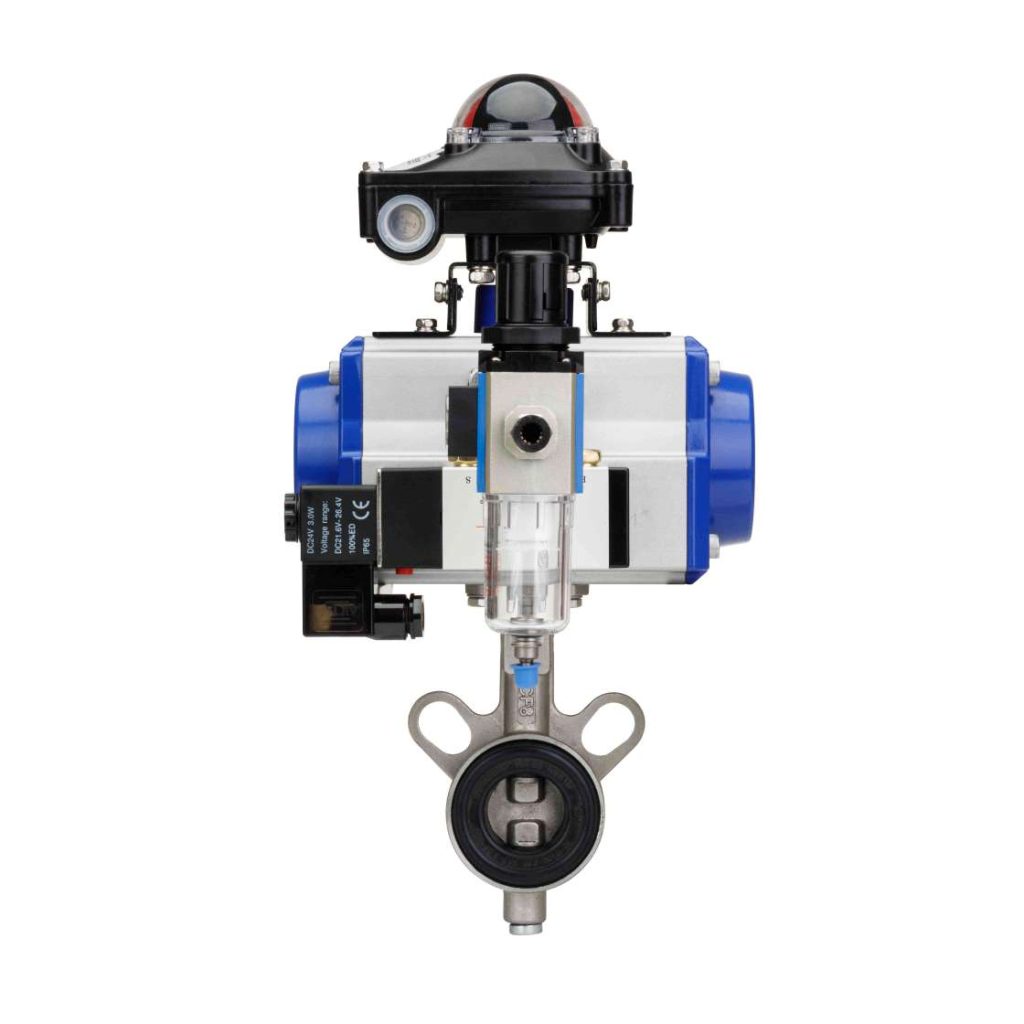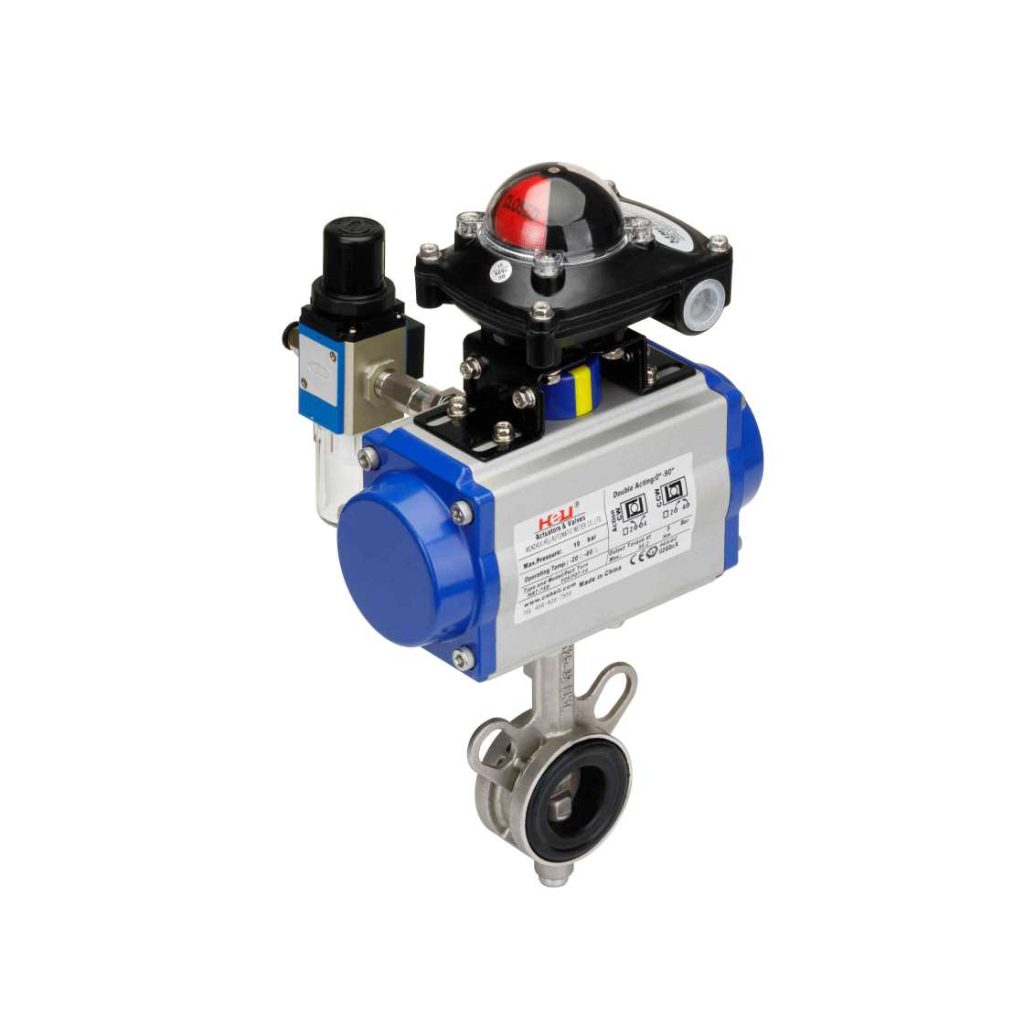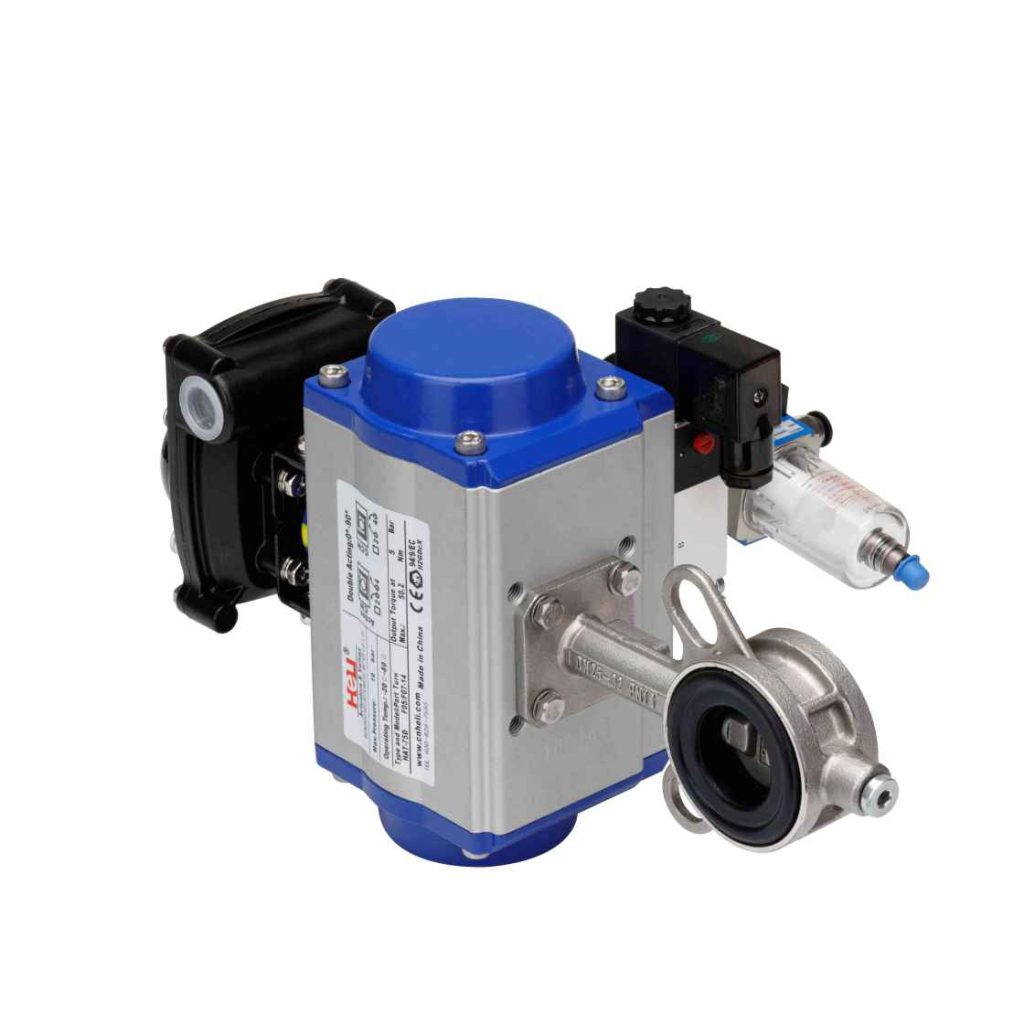The Pneumatic Butterfly Valve is a crucial element in modern industrial automation and fluid control systems. It plays a significant role in regulating and isolating the flow of liquids, gases, and slurries across various sectors, such as manufacturing, oil and gas, water treatment, and chemical processing. This article will explore the working principles, features, benefits, and applications of the pneumatic butterfly valve, shedding light on why it is a preferred choice for many industries.

What is a Pneumatic Butterfly Valve?

A Pneumatic Butterfly Valve is a valve that utilizes a rotating disk or “butterfly” to regulate fluid flow within a pipe. The valve’s actuator is powered by compressed air, which makes it suitable for automated systems where manual control is not ideal. The valve consists of several parts: the valve body, a rotating disk or butterfly, and a pneumatic actuator that controls the opening and closing of the valve. The disk is typically mounted on a shaft and is rotated by the actuator to open or close the flow path, either partially or fully. Working Principle of Pneumatic Butterfly Valve
The working principle of a pneumatic butterfly valve is simple yet effective. When the actuator is powered by compressed air, it causes the valve’s disk to rotate. The disk’s rotation either opens or closes the flow path inside the valve. The position of the disk in the valve body determines how much fluid can pass through, making the valve an efficient tool for flow regulation.

Leave a Reply